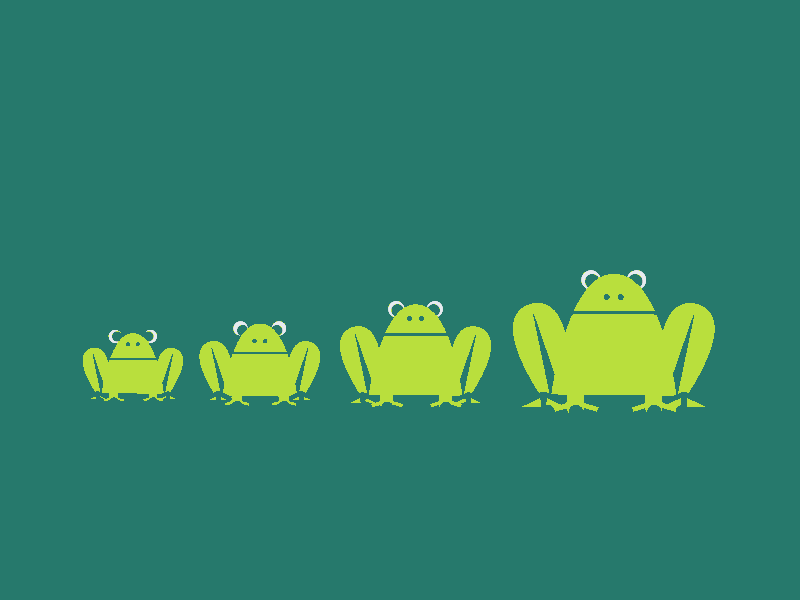Lesson Designs
By: Kate Dease
Leaping into Spring with Fluency
Growing Fluency

Rationale: This lesson was made to help students develop fluency in longer texts. Fluency is the ability to read a text accurately, quickly, and with expression. In order for children to become successful at independent reading, fluency must be important to learn. Students must read and reread words in decodable texts. Students gain confidence and many other skills though repeated reading. Fluency will increase sight word vocabulary. In this lesson, students will read, reread, and do partner readings to improve fluency.
Materials:
Stop watches for the students
Fluency frog graphs for each student (laminated)
Stickers
Cover-up critter
Class set of Frog and Toad are Friends by Arnold Lobel
Partner reading checklist forms
Reader response form
Grading rubrics
White board and dry erase markers
0----10----20----30----40----50----60----70----80----90----100
Correct words per minute
Fluency Checklist
Title of Book:____
Date: _____ Student’s name:____ Partner name: _____
After second reading: ____ After 3rd reading: _____
____ ____ Remembered more words
____ ___ Read faster
____ ____ Read smoother
____ ____ Read with expression
Procedure:
1. I will explain the importance of becoming a fluent reader. Say: “Today, we are going to be working on fluency in our reading. Fluency is very important in reading because it helps us understand the text more when we sound out and blend each word. To become a fluent reader, we need to practice our skills so that’s what we will do today!”
2. Model: “I’m going to read a sentence on the whiteboard two times. Listen to how I read the sentence and help me figure out which is more fluent and sounds better.” “T-o-a-d b-l-inked, blinked in the bright sun.” “Toad blinked in the bright sun.” Which sounds better? (student’s raise hands to answer). Correct!! Why does the second sentence sound better? It sounded better because I read the words effortlessly and because the words were In my sight vocabulary. I also read with expression.
3. “There are skills we have already learned that will help us become rocking fluent readers. The first skill is decoding. We use this when we get stuck on words that are tricky for us. We use the cover-up critter to help us on these tricky words. The critter helps break down the word. Crosschecking is another skill we use that is so important. You use crosschecking when you come to a word in the sentence you do not know. When crosschecking we look at the rest of the sentence to try and understand the context. When we finish with our skills decoding, and crosschecking we must reread the sentence to understand the text.
4. “Now let’s practice some more. Let’s read another line together, “Toad shouted, Frog, wake up! It’s spring!” The word “shouted” can cause trouble. I heard some of you struggling with this word. If you were reading this by yourself, and had trouble with any words you could use your cover-up critter to sound out and blend each sound. You can also use crosschecking.
5. Book talk: say, “Frog just woke up for spring after the long months of winter. He is excited for spring. He wants to share his excitement for spring with his friend Toad. Toad is not excited for spring. Frog tries to wake up Toad. Will he be able to wake Toad up from his nap? We will have to read to find out!!
6. Partner practice: “Now we will practice our fluency with partner reading! Pair up with your assigned reading partner. Please come get from the front table a partner progress checklist, reader response form, stopwatch, and two copies of Frog and Toad are Friends. Once you get back to your desk I will tell you how many words are in the book. You will each read the book (Frog and Toad are Friends) 3 times. The partner who is not reading should be using the stopwatch to time your peer. Make sure to pay attention to how many mistakes your partner is doing. Mark checkmarks if the mistakes happen on the paper. Mistakes are not bad at all. In order to become a fluent reader you will have to learn from mistakes. When your partner is done reading you will subtract the number of words missed from the total number of words. You will also record the time it took them to read the book. You will also record which time was the smoothest for your partner, and which time had the least number of errors. After you both read it 3 times, discuss the answers to all your questions on the Reader Response Form I give you. Write your answers individually. Come to my desk after you finish and I will give you fluency frog graphs to show your progress.
Assess the student’s progress by evaluating answers on the Reader Response Form and determining each student’s WPM using the formula. Update the fluency charts.
Partner Reading Progress Checklist:
Total # of words in chapter: ____
Reader: ____
Checker: ____
1: _____words in ____ seconds
2: _____words in ____ seconds
3: _____words in ____ seconds
Which turn sounded the smoothest? _______
Which turn had the least number of errors? ______
Reader Response Form:
Name_____
Directions: Answer on a separate sheet of paper
1. Why is Frog so excited?
2. How does Frog try to wake up Toad?
3. Why does Frog want Toad to wake up?
4. Why does Toad not want to get up?
References:
Lobel, Arnold. (1970). Frog and Toad are Friends. New York: Harper Collins
https://kmj0039.wixsite.com/creativelessondesign/growing-independence-and-fluency-de
https://smhassett3.wixsite.com/lesson-designs/growing-independence-and-fluency